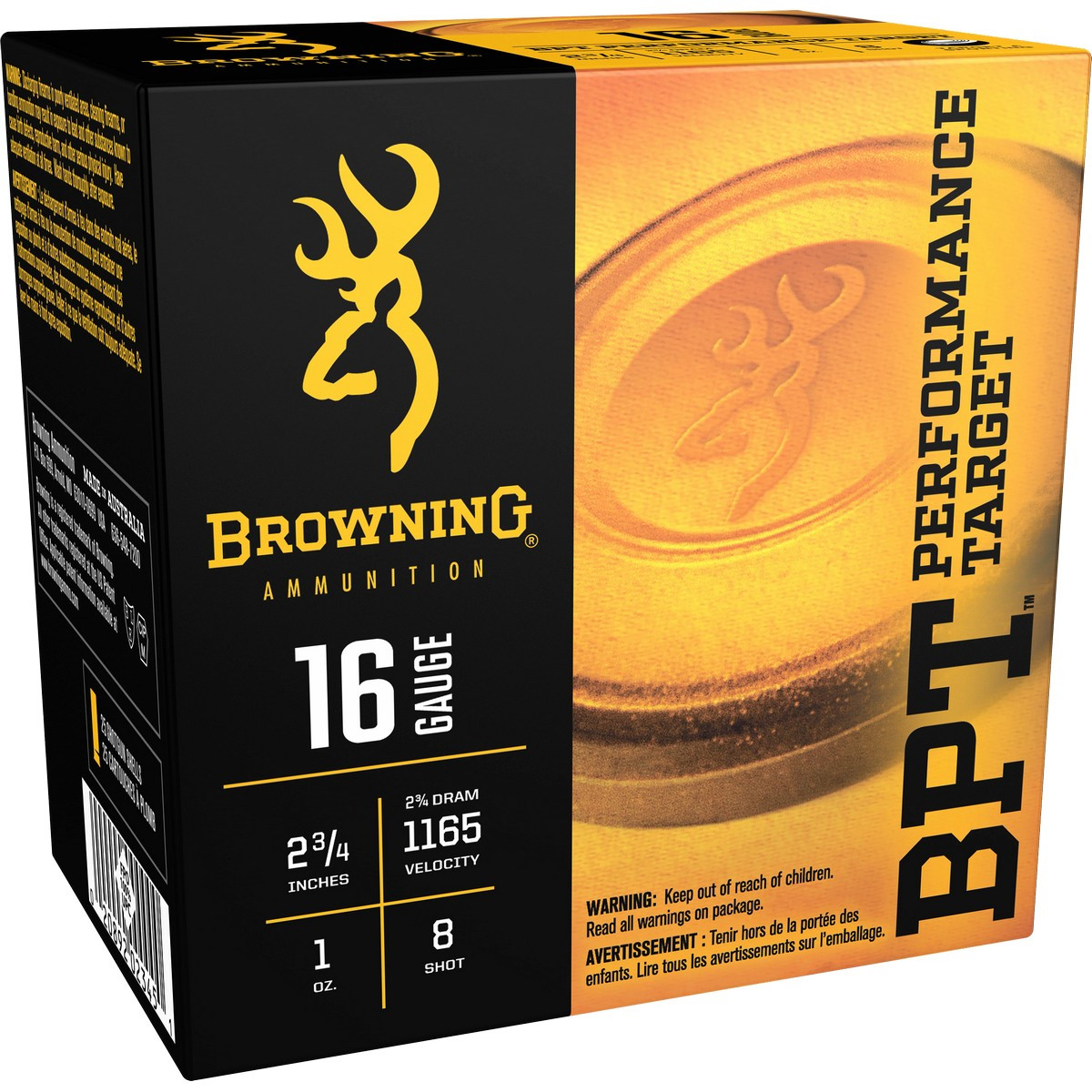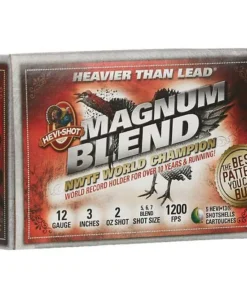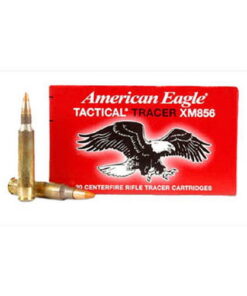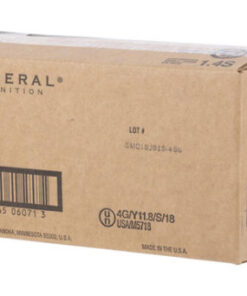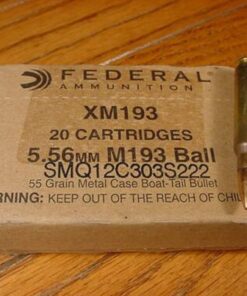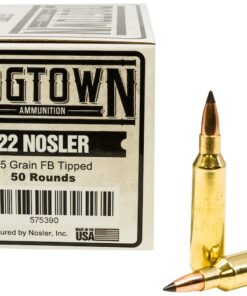16-Gauge Shotgun Shells
$800.00
Exploring the Versatility and Specifications of 16-Gauge Shotgun Shells | 250 RD
16-Gauge Shotgun Shells
Introduction
When it comes to firearms, shotguns have a distinct place, offering unparalleled versatility in various shooting applications. One particular gauge, the 16-gauge shotgun shell, strikes a balance between the power of larger gauges and the agility of smaller ones. In this article, we’ll delve into the specifications and characteristics of 16-gauge shotgun shells, shedding light on their history, ballistics, and common uses.
A Brief History
The 16-gauge shotgun shell has a rich history that dates back to the late 19th century. It emerged as an attempt to address the shortcomings of both the 12-gauge and 20-gauge shells. The 12-gauge was known for its significant recoil, while the 20-gauge lacked the power necessary for larger game. The 16-gauge aimed to strike a balance between these two extremes, providing shooters with a shotgun that offered manageable recoil without compromising on firepower.
Specifications and Ballistics
The 16-gauge shotgun shell is characterized by its bore diameter, which is approximately 0.662 inches or 16.76 millimeters. This places it between the more common 12-gauge and 20-gauge shells. Due to its intermediate size, the 16-gauge offers a unique blend of qualities that appeals to a diverse range of shooting enthusiasts.
- Payload: The payload, or the amount of shot within the shell, varies based on the specific load and intended use. Generally, 16-gauge shells offer a payload between ⅞ ounces and 1 ⅛ ounces, making them suitable for both hunting and clay shooting.
- Velocity: The velocity of a 16-gauge shell’s shot can range from around 1200 to 1400 feet per second (fps), again depending on the load. This provides effective range and impact for various shooting scenarios.
- Recoil: One of the standout features of the 16-gauge shotgun is its reduced recoil compared to the 12-gauge. This makes it more accessible to shooters of different sizes and experience levels, particularly those sensitive to heavy recoil.
Common Uses
The versatility of the 16-gauge shotgun shell lends itself to a variety of shooting applications:
- Upland Game Hunting: The 16-gauge strikes a balance between the power needed for effective upland game hunting and the reduced recoil required for a comfortable shooting experience.
- Waterfowl Hunting: While not as common as the 12-gauge for waterfowl, the 16-gauge can still be effective for ducks and smaller waterfowl.
- Clay Shooting: Sporting clays, skeet, and trap shooting are well-suited to the 16-gauge. Its manageable recoil allows for extended shooting sessions without fatigue.
- Home Defense: The 16-gauge shotgun can also be a viable option for home defense due to its reduced recoil and effective range for close-quarters engagement.
Conclusion
The 16-gauge shotgun shell occupies a unique position in the world of firearms, offering a compelling combination of power, versatility, and reduced recoil. While it may not be as popular as the 12-gauge or 20-gauge, the 16-gauge has carved out a niche for itself in various shooting disciplines. Whether you’re a seasoned hunter, a clay shooter, or someone seeking a reliable home defense option, the 16-gauge shotgun shell presents a compelling choice that is worth considering for your shooting needs.

